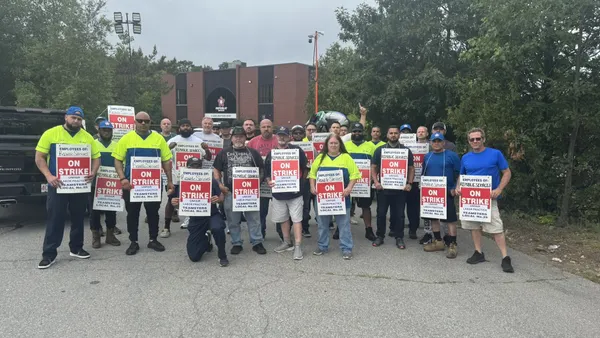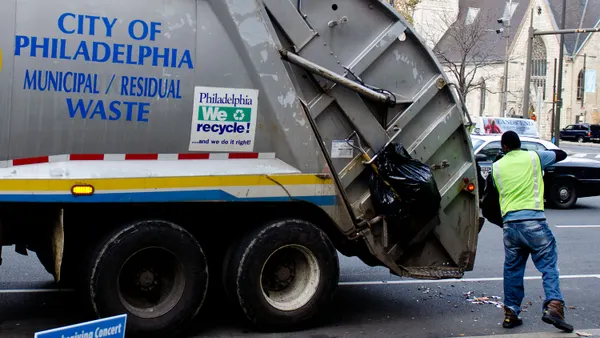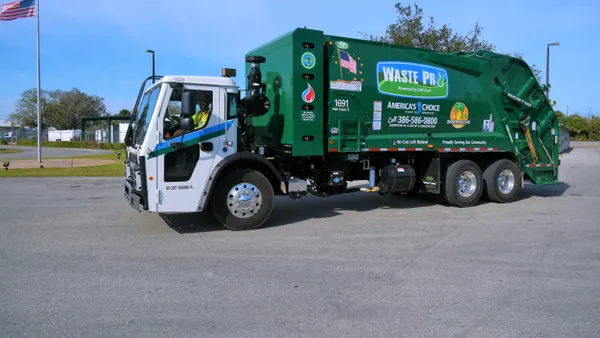Dive Brief:
- Washington, D.C.'s Department of Public Works (DPW) has released its first annual solid waste progress report as the agency works to implement a host of new programs to meet an 80% diversion rate goal.
- DPW reported that its "residential recycling diversion rate" had increased from 16.8% in FY05 to 28.46% in FY15. Though a new metric called the "residential diversion rate" was introduced that the city plans to use as an indicator going forward. This was 20.93% for FY15 when factoring in yard waste and bulk waste.
- The "citywide residential diversion rate," which includes multi-unit buildings collected by private haulers and programs run by other agencies such as community composting, was reported at 20.96% for FY15.
Dive Insight:
This report is required by the Sustainable Solid Waste Management Amendment Act of 2014, which also led to the creation of the Office of Waste Diversion and an interagency working group. That new office will be working to collect data from private haulers and establish per capita waste generation statistics among many other tasks.
Like most cities working to overhaul their waste management systems, organics will be a big focus for DPW in the coming years. Organics recycling is now available in 39 schools and a food scrap drop-off program will be launched in each ward during FY17. DPW is also conducting a study to get more details on launching a curbside organics collection program and will consider anaerobic digestion at the Blue Plains Advanced Wastewater Treatment Plant, along with other regional options.
The 2014 law also excludes waste-to-energy facilities and landfills as viable disposal options. As of October 2016, DPW told Waste Dive that 43% of the waste it manages currently goes to waste-to-energy facilities. Such a reliance on that current system puts additional importance on the success of DPW's organics diversion and waste reduction efforts.










